The Korean Beauty Secret for Gorgeous Skin
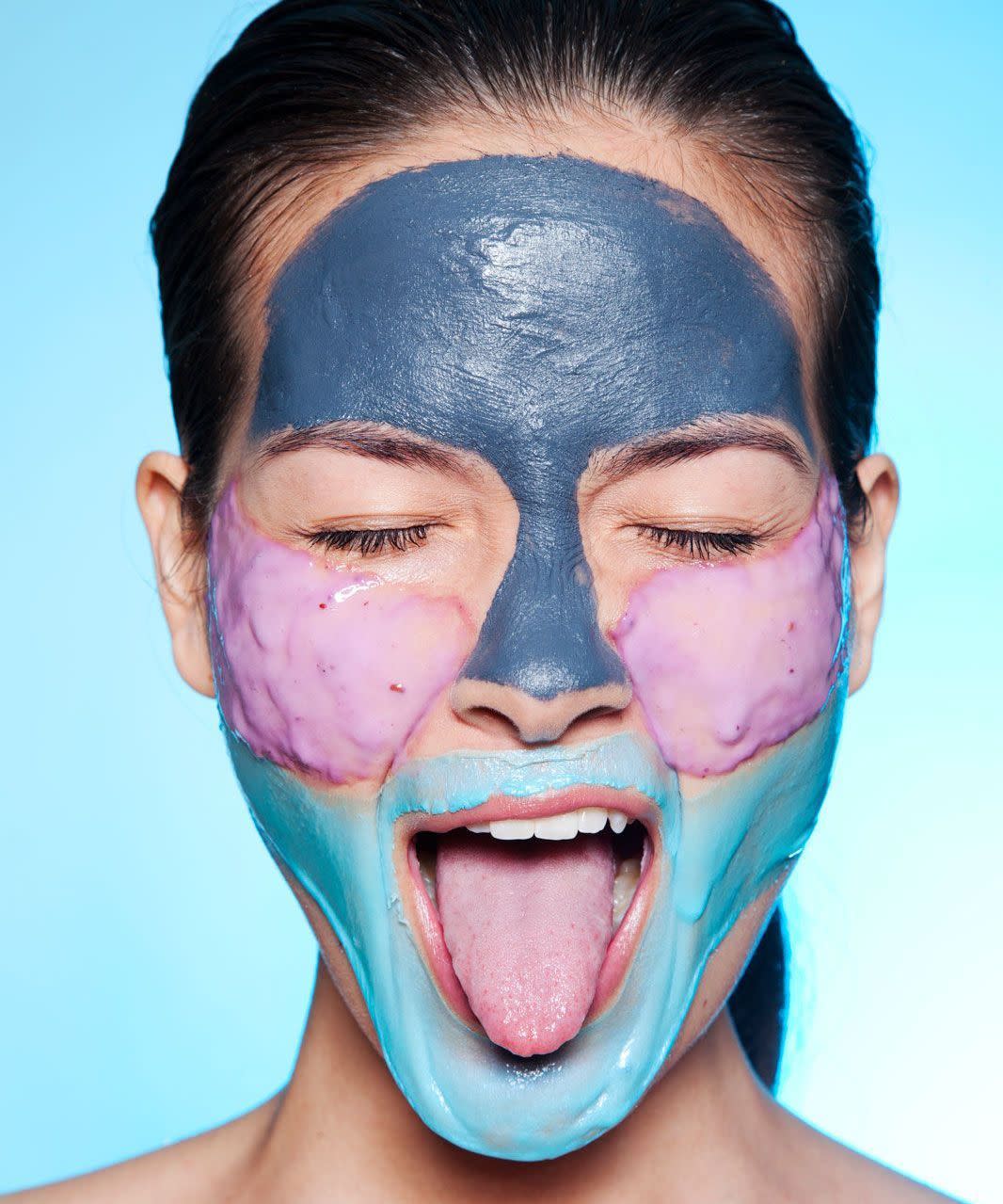
PHOTOGRAPHED BY ERIN YAMAGATA.
The beauty industry is full of whispers that, when repeated enough, become truths. Until recently, I always stuck to the skin law that says masks were meant to be used sparingly, so as not to overload the skin and cause a full-on complexion rebellion.
Related: 30 Photos Of Unretouched Butts, In Case You Forgot What They Really Look Like
While this logic has merit when it comes to abrasive scrubs and potent treatments, or those with highly sensitive skin, I’ve discovered that with masks, more is actually better. When researching for my last mask story and closing in on a fast-approaching deadline, I found myself masking two to three times a day. I expected my face to erupt in mutiny, but instead, my skin looked immaculate and felt incredible, like a polished pebble scooped up from the ocean floor.
It’s an extreme example, but the idea of combining mask treatments into “mask cocktails” that answer to different dermal needs (known colloquially as multi-masking) makes fundamental sense, and is quite a common practice in South Korea. For Korean women, masks are less of a rescue product to slap on misbehaving skin and more of a habitual and integrated part of skin-care maintenance. You don’t do a mask because your skin is acting up; you do a mask because you want to keep it looking good.
Related: 25 Real Photos Of Women’s Breasts (NSFW)
Multi-masking, for those who haven’t heard of it yet, is when multiple masks are used simultaneously on different zones of the face to address concerns for those specific areas. I would argue that the term also applies to combined treatments when different masks are used in succession — for example, following up a steam treatment with an Amazonian clay mask to draw out impurities in the pores, and then finishing off with a moisturizing sheet mask to replenish the somewhat drying effects of the clay. The highly customizable practice includes “Point Packs,” “splash masks,” and other fun, yet effective products. You might not have heard of these yet, but rest assured — they are coming (and quickly) to the U.S.
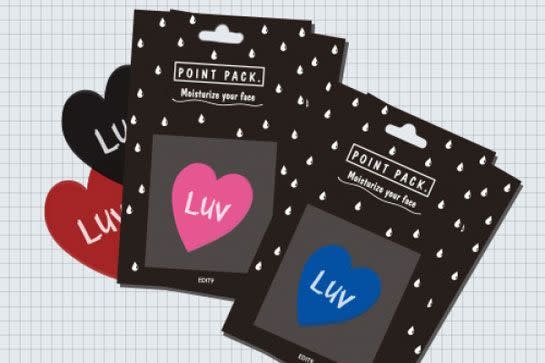
Point Packs are pepperoni-sized mini masks that are typically formulated to deliver moisture. They’re great to use on the forehead and cheeks while you’re masking other areas, too. For example, one would pair well with hydrogels under the eyes and a pore-refining charcoal mask on the nose. I’m also weirdly into using them on my elbows, reinforced with cling wrap to keep them from falling off.
Related: What Losing 110 Pounds REALLY Looks Like
These also seem to have mastered the art of cute, which I’m hoping will get skin care closer to the Instagram stardom it deserves. The most popular Point Pack is VDL’s limited-edition version in collaboration with KakaoTalk (an immensely popular Korean messaging app), but I’m a fan of these fun ones from Edit9, a newcomer to the Korean beauty scene.
Edit9 Point Pack, $2.67, available at Edit9.
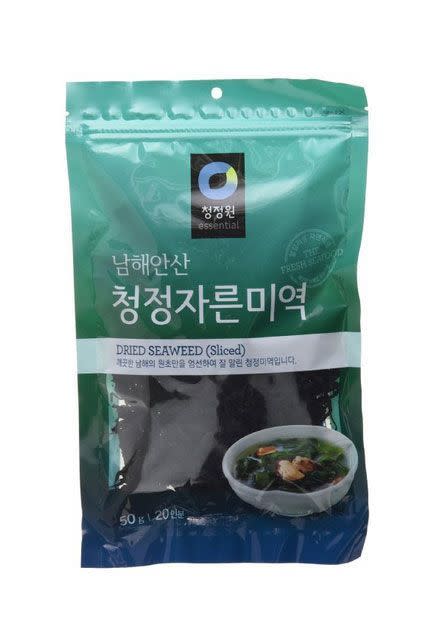
Seaweed is the OG of mask ingredients. Korean women have been masking with seaweed for long before sliced cucumbers on the eyelids were a thing. It has an unusually high concentration of vitamins, minerals, amino acids, and antioxidants, which makes it a potent ingredient for the face (and body!).
Related: The True Story Of Eyebrow Transplants
Any Korean grocery store will sell dried seaweed, which you can rehydrate and then apply where needed. Be careful how much you use, though — dried seaweed blows up to 10 times its size when soaked in water. Fortunately, any excess makes for a great salad.
Chung Jung One Dried Seaweed, $9.97, available at Amazon.
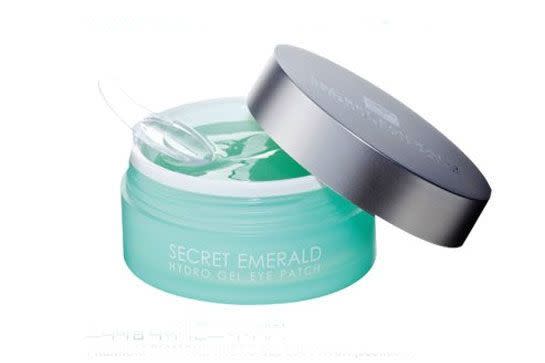
I love my undereye hydrogels. Not only is the eye area one of the first to fall victim to signs of aging, it’s also super-sensitive. And for all the abuse of applying makeup and rubbing off waterproof mascara it endures, it doesn’t get jack shit when it comes to care.
Hydrogels (the good ones) are actually made of serum, so you can feel them getting thinner as they transfer to your skin. When placed in water, the hydrogel melts back into a serum and completely dissolves. I wear hydrogels UNDER my sheet masks, because that’s one area of the face sheet masks aren’t meant to make contact with due to its sensitivity.
Related: This 30-Day Upper-Body Challenge Will Transform Your Arms & Shoulders
When I’m feeling super-lazy and the thought of placing a cold, wet sheet mask on my face for 20 minutes is just too much, I spot-treat with hydrogels. I actually wear them like yin-yangs — under and on top of my eyes, because when was the last time you moisturized the tops of your lids? They’re also great for the laugh lines around the mouth.
I love this particular one from Kisskin, because the gel is made from all-natural, compressed biodegradable algae (which we’ve already established is amazing for skin); and it’s formulated with extracts from Jeju Island as well as hyaluronic acid, which injects moisture at a cellular level.
Kisskin Secret Emerald Hydro Gel Eye Patch, $65, available at Amazon.
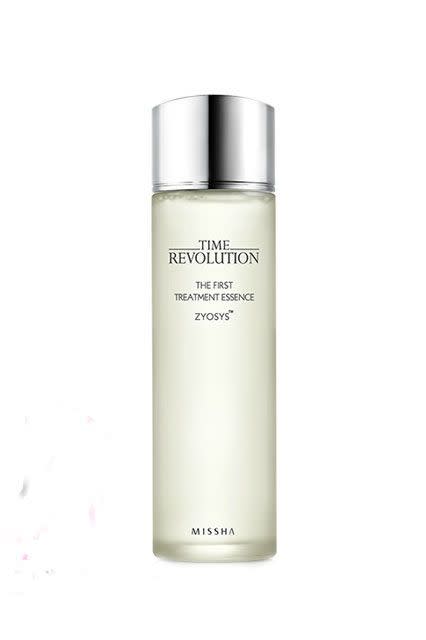
Treatment essences are like watery serums that are more spreadable and buildable. They’re usually splashed and patted into skin as the first layer of treatment before a serum — spreading highly concentrated (and expensive) serums on un-prepped, dry skin is not super-effective. (It’s the same logic for applying product to hair when damp versus dry; damp is a lot less of a struggle.)
Treatment essences like SK-II’s often have cult followings. When your skin needs a dose of TLC, cotton pads soaked in treatment essencecan work wonders. I prefer to use sterile gauze pads instead of cotton pads, though, because they soak up product better and can be unfolded to lay evenly on your face. An essence can be an especially rewarding treatment for wrinkle-prone areas like the forehead, which gets a high amount of sun exposure (read: damage).
Related: The Secret To The Perfect Plank
Missha’s Time Revolution The First Treatment Essence is a great copycat of SK-II’s classic. It contains the same active ingredient of fermented yeast extract, but also an additional flurry of botanical extracts, which some claim make it even better than the original.
Missha Time Revolution The First Treatment Essence, $49, available at Soko Glam.
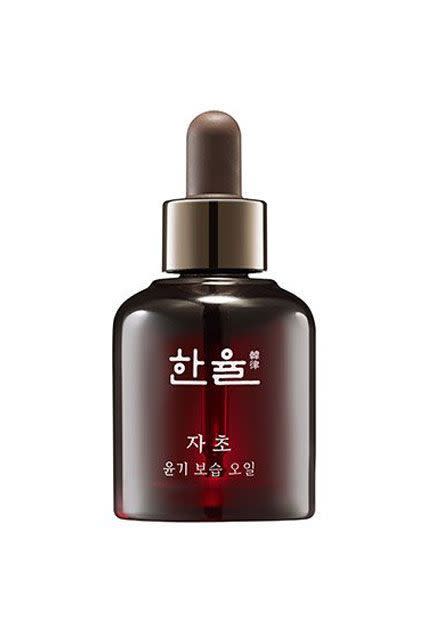
As much as I preach that masks aren’t meant to act as damage control for our lazy lives, sometimes it’s unavoidable. I definitely don’t drink enough water throughout the day, and I’m nowhere near applying moisturizer every three hours as recommended by my dermatologist for my skin type. Facial mists and sleeping masks help, but moisturizing masks are where it’s at for really hitting the reset button on parched, stressed skin.
Related: 4 Crazy Makeup Hacks You Need To Learn Now
Korean women love to doctor their favorite heavy moisturizer (some swear by using eye cream!) with a few drops of their favorite serum or facial oil for an ultra-rich DIY mask. One of my favorite oils to boost my moisturizer is Hanyul’s Rice Moist Glow Oil. I’m a big fan of Hanyul for its natural Korean ingredients, and this is a beautiful herbal blend of botanical oils.
Hanyul Rice Moist Glow Oil, $43, available at Amazon.
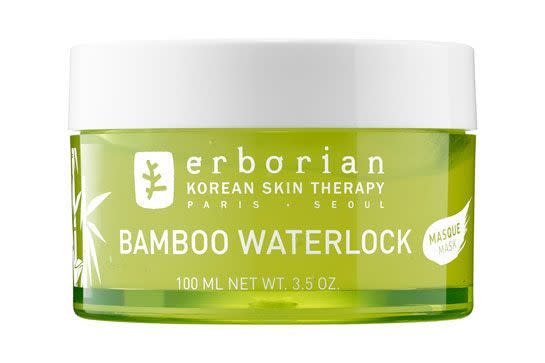
Sleeping masks are the ultimate skin-savers. Not only do they capitalize on the peak hours of skin turnover and regeneration, but they’re no-excuses easy. You just slap one on before bed and Sleeping Beauty your way to #wokeuplikedis.
I also recently discovered that they’re chock-full of nutrients that are also good for your hair. It’s a commonly repeated maxim in Korea that whatever is good for your skin is probably good for your locks, too. This led me to work my sleeping masks into my hair for some pretty stellar results. To avoid making a mess on my pillowcases, I like to hair-mask — and simultaneously face-mask — when awake.
Related: All The Boob Questions You Were Afraid To Ask, ANSWERED
Many Korean women love to use cling wrap as a way to help masks have maximum absorption. Cling wrap traps heat, which opens up the hair cuticle and allows for deeper penetration.
Erborian Bamboo Waterlock Mask, $43, available at Sephora.
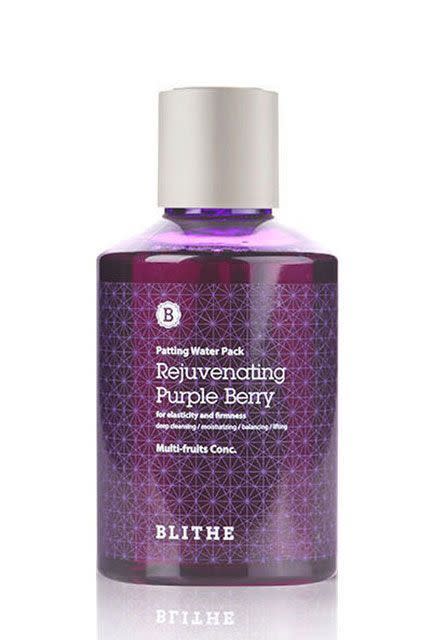
Splash masks are quickies that deliver all the hydration of 20-minute treatments in 30 seconds. Pouring a cap of splash potion into a basin of water and patting it onto your face for 30 seconds is surprisingly effective — my skin was instantly refreshed and hydrated. And when done after a purifying, skin-stripping clay mask, they’ll save you the time of sitting through a sheet mask. The act of patting and splashing the treated water on the face improves circulation.
Blithe Patting Water Pack Rejuvenating Purple Berry, $48, available at Glow Recipe.
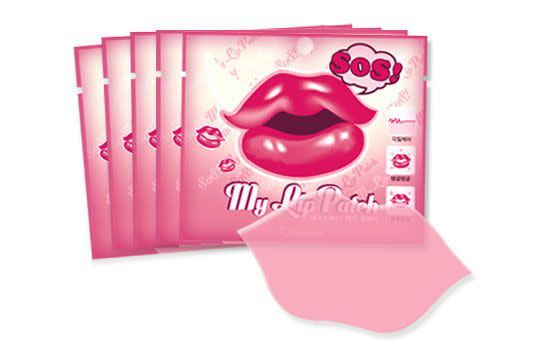
Nothing brings applying lipstick to a screeching halt like a chapped pout. Lip hydrogels are similar to eye hydrogels in formulation and intent, except the lip type is conveniently shaped for, you guessed it, your lips. It’s recommended to leave them on for 15 to 20 minutes, but I keep them on until they’ve basically molded to the shape of my lips. Peeling them off leaves the lips beautifully plumped up, and ready to take on the most matte of lipsticks. Even Jessica Alba loves them!
Berrisom SOS! My Lip Patch, $2.90, available at WishTrend.
By Joyce Kong

